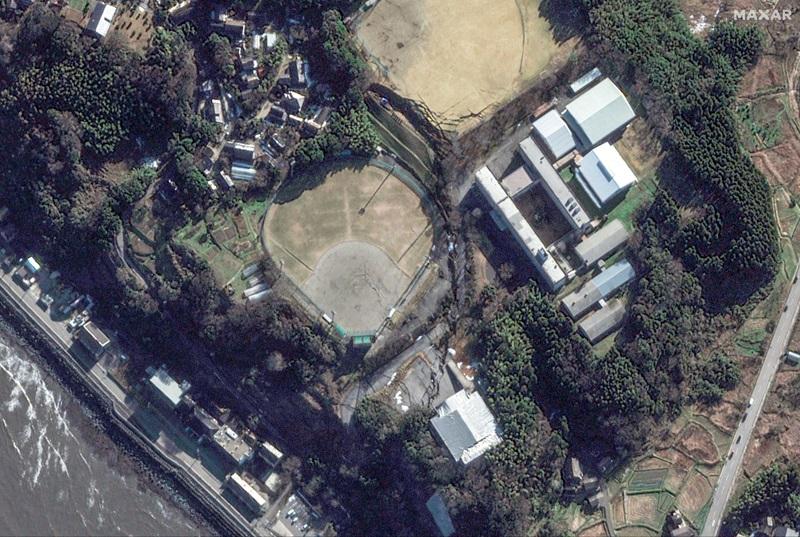Japan quake toll rises to 73 as weather hampers rescuers

ANAMIZU, Japan - Japanese rescuers struggled with heavy rain, blocked roads and aftershocks on Wednesday following a powerful earthquake that killed at least 73 people and left tens of thousands without power or running water.
Throughout the Ishikawa prefecture on the main island of Honshu sirens blared as emergency vehicles tried to navigate roads blocked by rocks and fallen trees.
The Noto Peninsula was worst hit by the 7.5-magnitude quake on January 1, with port towns such as Wajima and Suzu resembling war zones with streets of mud, flattened houses and sunken boats.
"I can never go back there. It's unlivable now," 75-year-old Yoko Demura said from a shelter in the city of Nanao where she went after her home was reduced to rubble.
"It makes me sad and I will miss it," she told AFP.
There were "almost no houses standing" in one town in the Suzu area, said municipal mayor Masuhiro Izumiya.
"About 90 percent of the houses (in that town) are completely or almost completely destroyed... the situation is really catastrophic," he said, according to broadcaster TBS.
The regional government confirmed 73 people are dead and nearly 400 injured, but the toll is expected to rise.
More than 33,400 people were in shelters, and at least 200 buildings had collapsed.
Around 30,000 households were still without power in Ishikawa prefecture, the local utility said, and over 110,000 households left without running water.
"More than 40 hours have passed since the disaster. We have received a lot of information about people in need of rescue and there are people waiting for help," Prime Minister Fumio Kishida said after an emergency task force meeting.
The number of military personnel sent to the area was doubled, with more rescue dogs also deployed, he added.
Plenty of food and emergency supplies have arrived in the region, but delivery to communities was being hampered by road conditions, regional authorities said.
"Our lifelines have been cut off," said Yuko Okuda, 30, from an evacuation center in the town of Anamizu, down the coast from Suzu.
"Electricity, water and gas -- everything. And as aftershocks keep happening, our house could collapse at any time," she told AFP.
Minor damage at nuclear plants
The powerful quake, measured at 7.6 by the Japanese weather office, was one of more than 400 to shake the region through Wednesday morning.
The main jolt triggered waves at least 1.2 meters (four feet) high in Wajima, and a series of smaller tsunamis were reported elsewhere.
Japan experiences hundreds of earthquakes every year and most cause no damage, with strict building codes in place for more than four decades.
Earthquakes have hit the Noto region with intensifying strength and frequency over the past five years.
The high number of aftershocks is a result of the "complex" fault systems below the peninsula, Yoshihiro Ito from Kyoto University's Disaster Prevention Research Institute told AFP.
Japan is haunted by a massive 9.0-magnitude undersea quake in 2011, which triggered a tsunami that left around 18,500 people dead or missing.
It also swamped the Fukushima atomic plant, causing one of the world's worst nuclear disasters.
Minor damage was reported at some nuclear power plants along the Sea of Japan shoreline after Monday's earthquake and aftershocks -- including leaks of water used to cool nuclear fuel and a partial power shutdown at one plant.
The plant operators said there was no danger of damage to the environment or the nuclear power stations themselves. — Agence France-Presse




